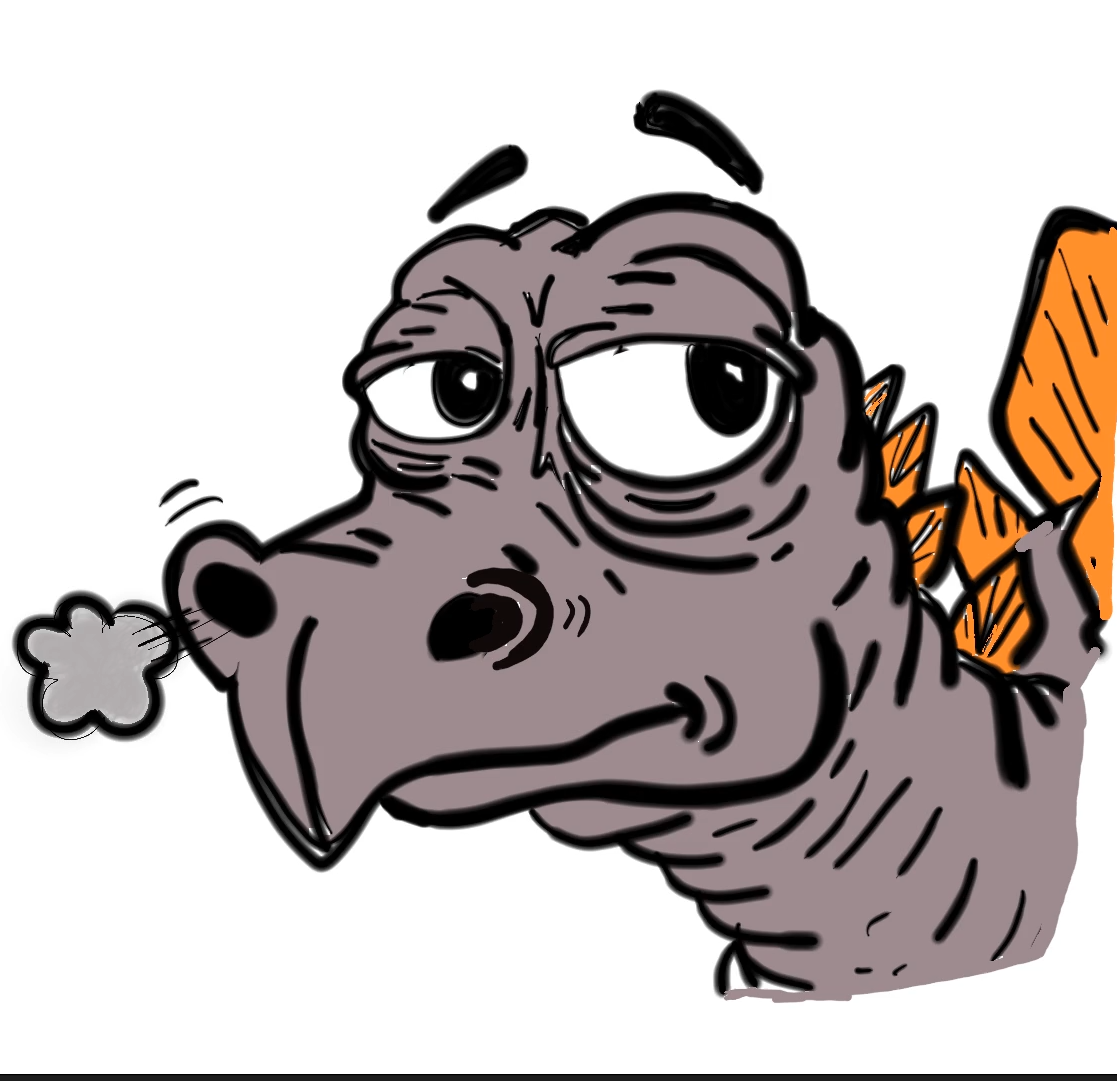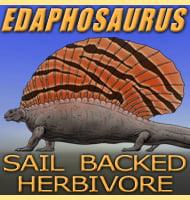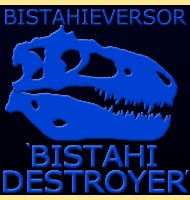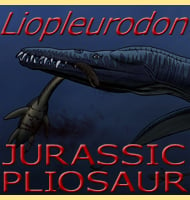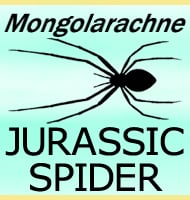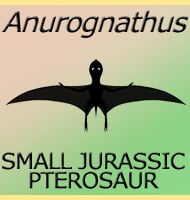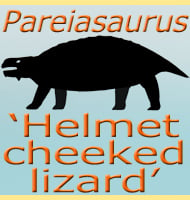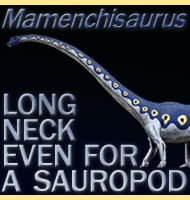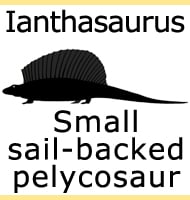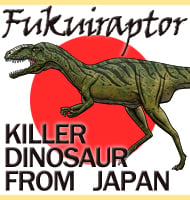In Depth
Confractosuchus is a genus of crocodile that lived in Australia around the boundary of the Early and Late Cretaceous periods. Not to be unkind, but Confractosuchus was a fairly typical crocodile looking much like you would expect a crocodile to look like. But one thing that made the discovery of Confractosuchus stand out and actually get reported in news outlets was that Confractosuchus individual that makes the basis of the genus had the preserved remains of small juvenile ornithopod dinosaur preserved in what would have been its stomach.
This was an exciting discovery, though not the first time predator prey relationships between dinosaurs and crocodiles have been documented ( The giant crocodile Deinosuchus is credited as having at least one time not only attacking a dinosaur, but an actual tyrannosaur). The ornithopod dinosaur that was in the stomach of the holotype Confractosuchus is reported as to not really be that digested with vertebrae not only complete but still articulated. Given the strength of crocodile stomach acids that can digest almost anything including, horns, bones and shells, this would suggest that this dinosaur was a recent kill that happened not long before this individual Confractosuchus dies. It may even have been its last meal.
Confractosuchus is the second crocodile genus named from the Winton Formation, the first was Isisfordia.
Further Reading
- Abdominal contents reveal Cretaceous crocodyliforms ate dinosaurs. - Gondwana Research. 106: 281–302 - Matt A. White, Phil R. Bell, Nicol�s E.Campione, Gabriele Sansalone, Tom Brougham, Joseph J. Bevitt, Ralph E. Molnar, Alex G. Cook, Stephen Wroe & David A. Elliott - 2022.
